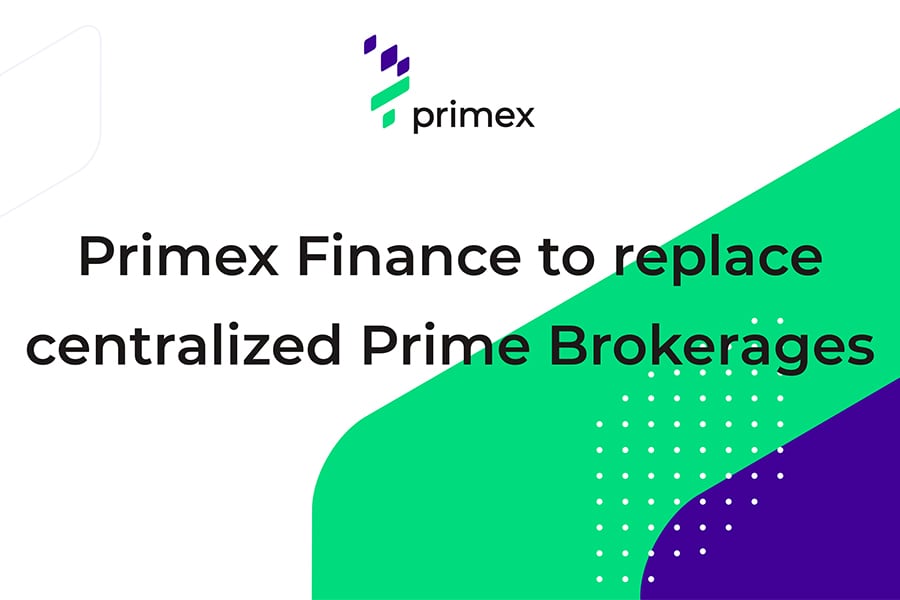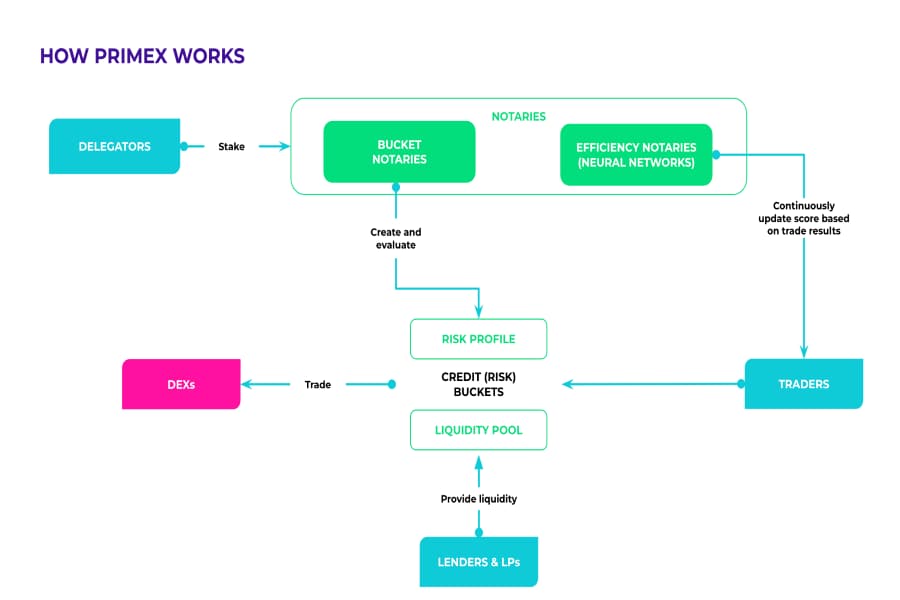
Primex Finance to replace centralized prime brokerages
Think De-Centralised Finance, Think Primex Finance

Over the centuries, finance has developed into a highly diversified industry with a wide range of products for everyone, and, to protect that money, traditional finance is highly layered and controlled, often segmenting the global market into national jurisdictions and centralized markets (think NYSE or EuroNext). The crypto world ripped away the regulations, the insularity, the segmentation, and the oligarchic capture to build a truly global, decentralized, and laissez-faire market.
Problems with Traditional Finance
Centralized power in institutions can lead to inefficiencies and inaccuracies, such as the overrating of risk-worthiness of CDOs before the 2007-8 financial crisis. Centralization always means points of failure become more dangerous, too. Moreover, regulators from one jurisdiction may enact stricter regulations or pursue enforcement more zealously, leading to price divergence in mismatched economic environments.
When money and power come into the equation, regulatory violations may be weakly enforced or simply ignored, conferring unfair advantages at the expense of true market value. Furthermore, smaller players may not even be able to enter markets, such as some derivatives products reserved solely for big trading desks.
The layering of the traditional financial system (brokers, clearinghouses, exchanges, and other entities) precludes individuals from directly interacting on exchanges. Even worse, if an individual finds himself or herself on the wrong side of a government, assets can easily be seized because the individual does not have control over their own assets. This applies to centralized crypto exchanges (CEXes), too, where the exchange essentially holds crypto on their balance sheet and user transactions are simply netted off against each other.
 DeFi’s Future
DeFi’s Future



